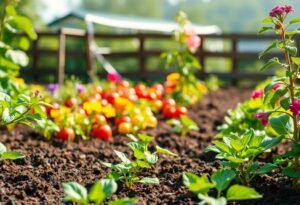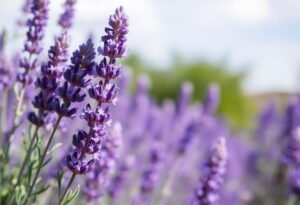Why Overwinter Geraniums in the Basement?
Overwintering geraniums in the basement offers numerous benefits. Firstly, geraniums are subtropical plants that cannot tolerate freezing temperatures. Storing them in the basement helps protect them from frost, crucial for their survival and health. Moreover, basements provide stable temperatures and humidity, which are beneficial for their well-being. It’s definitely worth investing time in this process so that you can enjoy long-lasting blooms in the upcoming growing season.
How to Prepare Geraniums for Winter?
Preparing geraniums for winter is a process that begins in the summer. Before moving your plants to the basement, you should prune them properly. About a month before you plan to transfer them, trim the stems and remove old flower heads and any diseased foliage. This allows the plant to focus on conserving energy and producing new roots. Once you transfer your geraniums to the basement, it’s wise to inspect their health to ensure they are pest-free.
Choosing the Right Spot in the Basement
Choosing the right spot in the basement is vital for success. Geraniums prefer cool, dark places, but not freezing ones. An ideal temperature in the basement should range between 40°F and 55°F. Make sure the chosen location is well-ventilated to prevent mold and root rot. It’s also essential to protect the plants from chilly drafts to ensure their comfort during the winter months.
How Often to Water Geraniums in the Basement?
Watering geraniums in the basement is crucial for their survival. During winter, the amount of water the plants need decreases significantly. It’s advisable to water them every 2-3 weeks, ensuring that the soil is neither too dry nor overly saturated. Watch for signs on the leaves; their moisture and appearance will indicate whether they need more water.
Protecting Against Pests in the Basement
While storing geraniums in the basement, do not overlook potential pest threats. Regularly checking your plants is essential to ensure they show no signs of pest infestation. A good practice is to use natural pest control methods, such as neem oil or insecticidal soap, to protect your geraniums from unwanted bugs. By being vigilant, you’ll significantly increase your chances of successful overwintering.
Repotting Geraniums After Winter
As spring approaches and more light begins to enter the basement, it’s time to repot your geraniums. This should be done in March or early April. Choose a larger pot with fresh potting soil suitable for flowering plants. After repotting, geraniums will require plenty of light and water to start developing new shoots and flourish fully.
How to Enjoy Geranium Beauty All Year Long?
Overwintering geraniums in the basement is an ideal way to enjoy these beautiful plants year-round. By taking care of them during the winter and performing proper care routines in the spring, you’ll create conditions that allow for long-lasting beauty and joy from their blooms. Invest time and energy into these aromatic plants, and they will reward you with vibrant colors in your garden.
Conclusion
In summary, overwintering geraniums in the basement is a vital step that helps preserve their beauty for years to come. By preparing them properly, ensuring their health, and choosing the right storage spot, your geraniums will bloom once again in full glory. Don’t put this off – prepare your plants for the coming winter and enjoy their beauty come early spring!
Disclaimer
This article is for informational purposes only. Always consider consulting with local gardening experts for the best practices and recommendations.

















